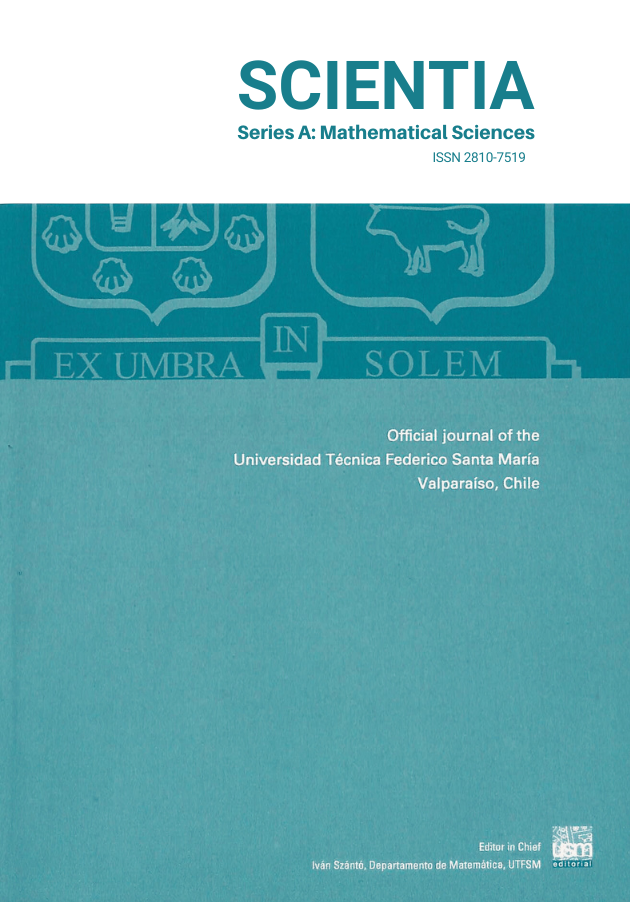Publicado 2012-09-24
Palabras clave
- \(QTAG-\)Modules,
- small homomorphism,
- large submodules,
- Ulm invariant.
Derechos de autor 2025 Scientia

Esta obra está bajo una licencia internacional Creative Commons Atribución-NoComercial 4.0.
Cómo citar
Resumen
A module \(M\) over an associative ring \(R\) with unity is a \(QTAG\)-module if every finitely generated submodule of any homomorphic image of \(M\) is a direct sum of uniserial modules. Over the past several years \(QTAG\)-modules have been the subject of intense investigation yet there is much to explore. The impetus for these efforts stems from the fact that the rings considered here are almost restriction free. This factor motivates us to continue. A fully invariant submodule \(L\) of \(M\) is large in \(M\) if \(L + B = M\), for every basic submodule \(B\) of \(M\). We define Ulm sequences of the elements of \(M\) to study the structure of large submodules and essentially isomorphic \(QTAG\)-modules. Closed \(QTAG\)-modules are also investigated and the relation between large submodules and Ulm invariants is established.







